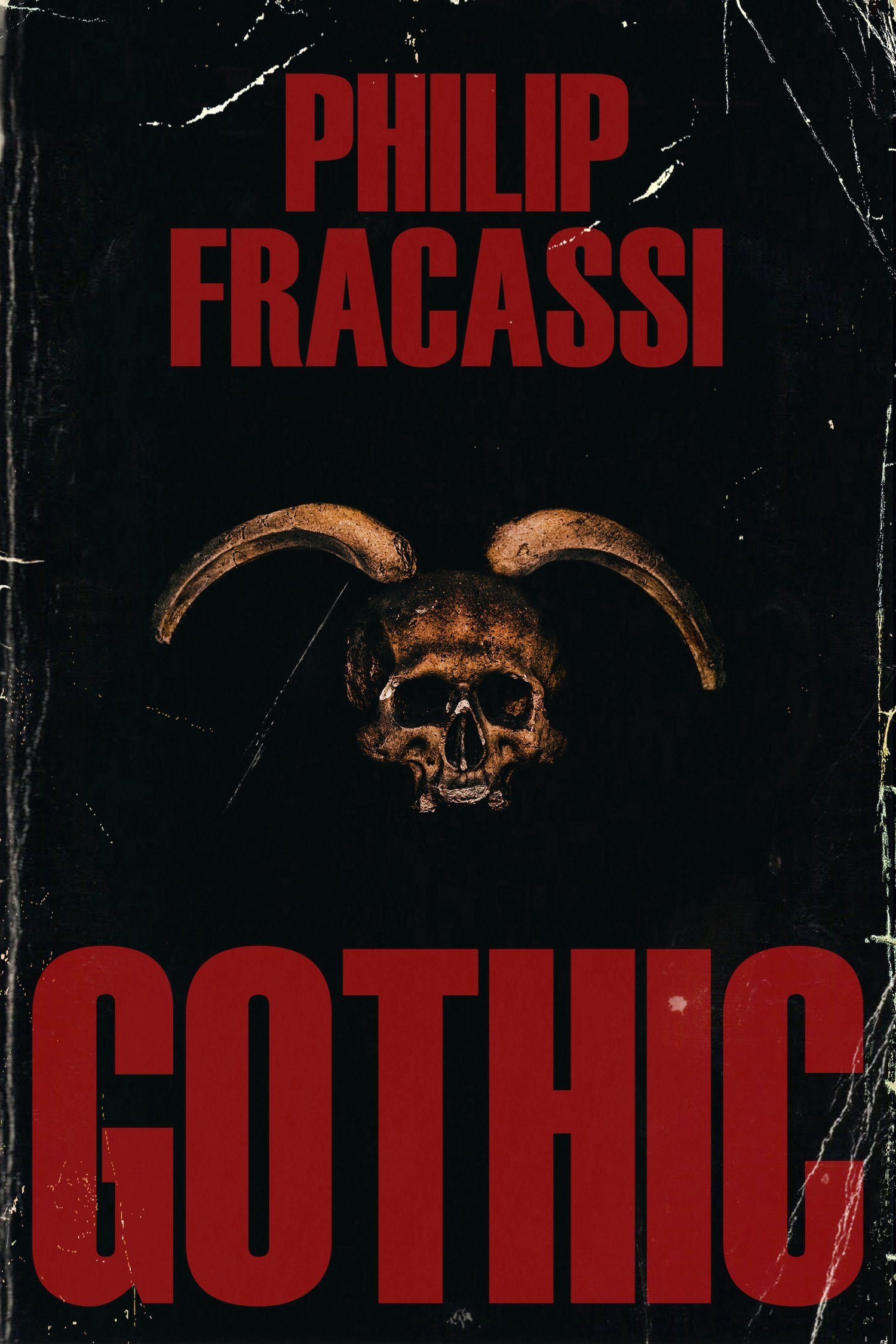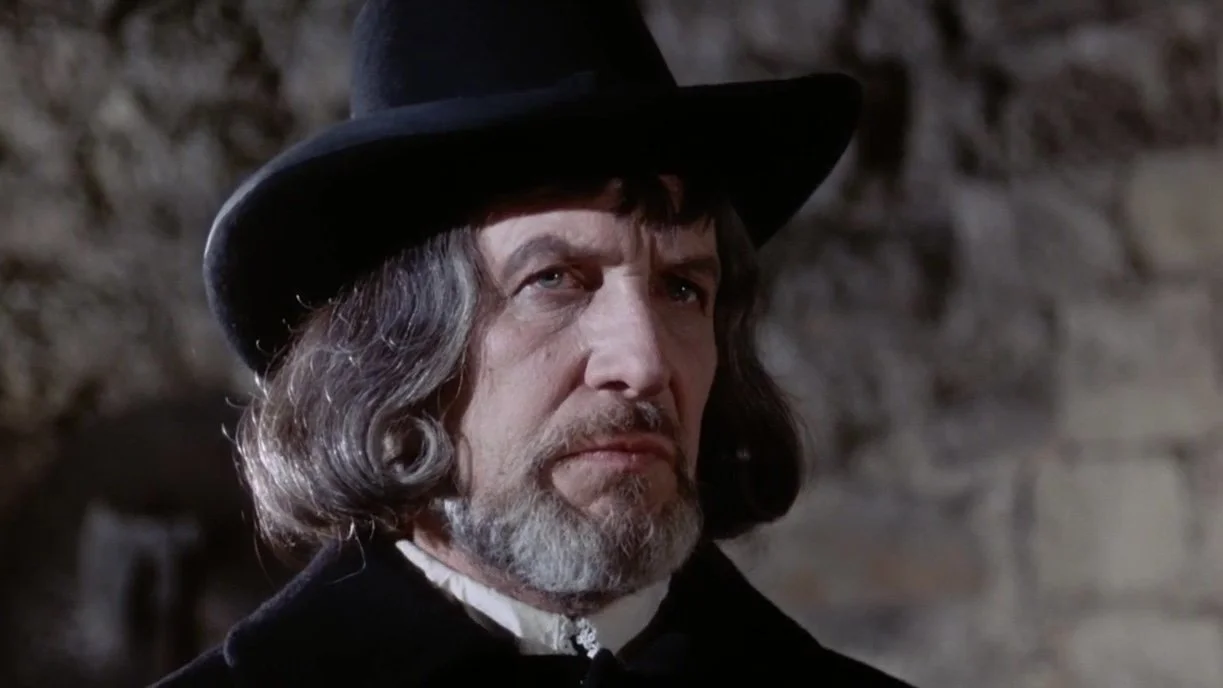Book Review — "Gothic" by Philip Fracassi
I read Stephen King’s On Writing years ago, and the thing that has stuck with me the most is not the writing stuff—it’s the value he puts on having a functional workstation. In his youth, King fantasized about owning a desk so enormous it could command attention through its majesty alone. He recalls attaining such a desk early in his career, soon after he became a household name. He placed it in the center of his office and quickly learned that it was not the muse he’d hoped for. All the slab inspired was distraction; it became a luxurous spot to get shitfaced and black out over his typewriter. After getting sober, King ditched the oak monstrosity for something more modest: “It starts with this: put your desk in the corner, and every time you sit down there to write, remind yourself why it isn’t in the middle of the room,” he writes. “Life isn’t a support system for art. It’s the other way around.”
And I followed his advice! My writing desk is fairly plain and mellow. There’s room for my laptop, a small stack of books, a candle, a succulent, and a tea cup—with enough space leftover for breathing room. My chill, non-demonic desk from Target could not be any more unlike the evil relic from hell in Philip Fracassi’s Gothic.
My humble, not evil work space
Something Tyson Parks, Fracassi’s protagonist, and I have in common, however, is receiving our desks as a birthday gift. Mine’s not a centuries-old artifact worth tens of thousands, mind you, but my boyfriend got it for me for the same reason Tyson’s partner Sarah got him his. I was in a weird funk, artistically. I wasn’t sure if the creative spark I possessed in my adolescence and early adulthood had been snuffed out forever. So, the desk was, I think, meant to rekindle my passion—and give me a dedicated spot to work, something else King says is important for any serious writer. Just don’t get one that’s a.) too grandiose or b.) going to suck the life-force out of you, drain you of your humanity, and kill your family.
Tyson Parks is a famous horror novelist, but he hasn’t published a hit in a long time. Readers just aren’t clicking with his output anymore, and it’s looking like the former next-big-thing in horror fiction is now over the hill. Hoping to get the juices flowing again, his partner Sarah procures an ornate antique desk. Right off the bat, the desk establishes that it is no mere prop—it’s a genuine character in this story. Fracassi opens Gothic with Sarah’s gift taking the life of a laborer trying to move it, in what appears to be a freak accident. It brings to mind the beginning of John Carpenter’s Christine adaptation, where the car lashes out on the assembly line, injuring a worker and murdering another.
Apologies in advance for all the references to King that will likely come up throughout this review—but I do not feel sorry for it because Philip Fracassi practically invites it! Christine’s name is actually invoked when someone describes Tyson’s desk as “Christine…but wood!” at some point. Heck, the very idea of a struggling writer facing unusual forces is not exactly an uncommon setup for King: Jack in The Shining, Paul in Misery, Thad in The Dark Half, Ben in Salem’s Lot, Bill in It, Mike in Bag of Bones, Mort in Secret Window (I have not read the novella), the guy from Rat (a novella I have read!), and Uncle Steve himself in The Dark Tower series—and that’s just off the top of my head. Fracassi even drops King’s name when lending credibility to Tyson Parks, saying he was projected to be the next Stephen King once upon a time.
Despite the direct and indirect references to King in Gothic, the author I found myself being reminded of the most is really Clive Barker. First of all, the mental image of the desk absorbing the blood of a victim like a sponge, drawing the liquid into the woodgrain so hungrily that not even a stain remains is straight outta The Hellbound Heart slash Hellraiser. Then, there’s Tyson being fully enveloped by the desk’s dominion. Few authors capture obsession and the intoxicating allure of absolute power—not to mention “dealing” with a devilish figure—quite like ol’ Clive. As Tyson keeps giving more of himself over, at the expense of his wellbeing and that of those around him, because the potential payoff is too tempting to pass up, I couldn’t help but think of the fates that befall so many Barker characters, damned for eternity due to a similar flavor of overwhelming seduction.
The fictitious super-bestselling horror novelist Sutter Cane from John Carpenter’s In the Mouth of Madness also kept invading my mind. In the Mouth of Madness is one of my favorite films—sometimes I’ll cite it as my #1 of all time—so when Fracassi unveiled how far the desk’s nefarious influence can reach, and by what means, I was fully onboard this fiendish ride. What I love about this desk as a character is that it not only has a glamouring-like effect on people, but it can physically take you out, too. So what, it can make someone stub their toe? you may be sneering. Pinch their fingers in a drawer?! To which I retort, Bitch, pipe down, when you read the Evil Dead levels of splintery havoc this desk can wreak, you’ll be losing your goddamn mind—it’s like The Ruins, but with a piece of furniture! So enjoy your sweet dreams while you have them.
Tyson’s steady psychological degradation allows Fracassi the opportunity to subtly play with his prose; the rhythm of the words gradually changes as his soul crumbles. The shifts in flow and tone are incremental, but once we reach the novel’s fourth quarter they are definitely discernible. The Tyson scenes and the non-Tyson scenes in the final stretch of the book have a distinctly different vibe, presumably because the other still-living characters, while damaged, are not drunk with a supernaturally-fueled drive. Gothic may be told in the third-person, but only because the desk isn’t outright taking credit with “I” pronouns. (This wouldn’t serve the story Fracassi ostensibly set out to tell, but the desk straight-up hijacking the POV in the end would’ve been a fun lil twist in a schlockier tale.) I love when a narrative style deftly matches its protagonist’s slash antagonist’s wavelength without betraying the conceit of the text.
Now here is what I believe to be the ultimate compliment for any contemporary horror novelist: In many ways, Gothic resembles the mass market paperbacks I used to frequently stumble upon in my hometown’s public library, approximately a dozen and a half trips around the sun ago. The first one I thought of, looking at bare premise alone, was The Crib by Paul Kent, which is about… yep, you guessed it, an evil baby crib. But in terms of storyline and general presence, Gothic is more so the sort of book I could see displayed among the Dean Koontz, John Saul, and Richard Laymon titles I discovered in my youth. Several summer vacations were spent devouring such treasures.
Presumed-to-be-inanimate object turns out to be almighty evil and therefore must be destroyed is one of my favorite sub-genres of horror. Probably because it’s low-key cosmic. It’s funny how often these plots could’ve been easily avoided in an alternate timeline, though. For instance, if Tyson’s partner Sarah had just simply read On Writing, she would’ve known it’s not the grandeur of a guy’s slab that matters—it’s the manner of his type-hammers… or however the saying goes. (And it’s actually possible that she could’ve read On Writing, since Stephen King exists in the world of this story.) Then again, given how cosmic AF this novel ends up being, the chances of these characters completely evading this diabolical hunk of wood’s reign of terror are pretty nil. Because there’s no escaping The Amityville Desk!*
*Not a derogatory statement because those movies are fun—the first, like, six of them, anyway. And the remake where Ryan Reynolds is crazy-hot.





